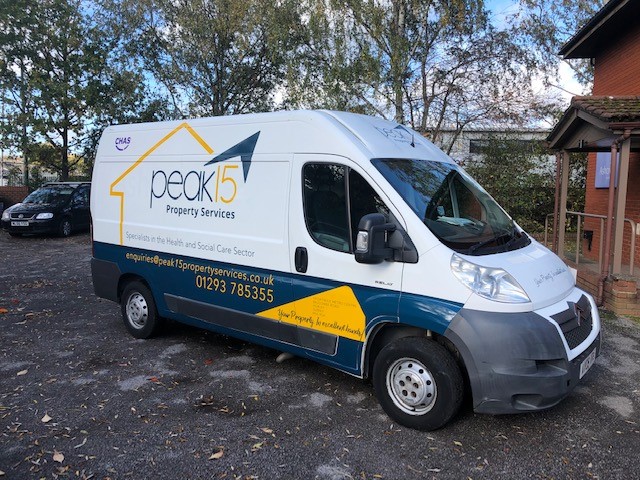‘A business with no sign is a sign of no business’ – a clever businessman
The business world is pretty competitive, right? Even if you have the best business idea, a great team and an excellent product, you may still fail miserably. Well, that’s capitalism for you. Want to know a cool secret of successful businesses?
No, not connections at the local golf club. Signage! Often an afterthought by many businesses but signage is hugely important for a company. A customer develops an impression of your business within 7 seconds! So, you better give them something nice to look at.

Why is signage important for a business?
We’ll let the stats speak for themselves:
- 76% of consumers say they had walked into an unknown store or business because of its signs. (FedEx)
- 75% said they told their mates about a business simply based on its signage. (FedEx)
- 68% think that a business’ signage is a reflection of the quality of its products or services. (FedEx)
- 67% purchased a product or service because a sign caught their eye. (FedEx)
- 60% say they wouldn’t walk into a store or business if it had no signage. (FedEx)
- 60% of businesses said that when they changed or updated their signage, it had a positive impact on sales, number of transactions and profits.
- 38% of large companies said that branding is the most important purpose of effective signage. Small companies said signage was essential for making their business stand out and for helping customers find their location.
Has that convinced you about the importance of signage for your business? Great! Then let’s move on.
Creating a great first impression with signage in 7 simple steps
1. Pick your type of signage
Effective signage comes in all shapes and sizes and you also need to consider where it’s going to be displayed. The most popular places for signage include:
- Banners and foam boards – great for displaying inside or outside your business premises, as well as at events. Just make sure you use durable materials for outdoors.
- Car and van signs – these can act as a mobile advert and can be extremely useful for getting new leads. See the branding for client Peak 15 Property Services.
- Window signs and digital displays – perfect for placing on the windows of buildings or shops to attract people’s attention as they walk past.
2. Keep it simple
Now you’ve got your preferred type of signage, it’s time to think of the message you’re going to put out there. A guiding principle with signage is always to keep it very simple. Think about your primary call to action (CTA) and the easiest way people can contact you. For example, let’s say you own a gym in the centre of town. You may have a window sign that reads ‘Full Gym Membership Only £19.99 a month with NO contract. Walk in and say hello now.’
As well as keeping the message simple, keep the design simple too. Use an easy-to-read font, large, bold letters and make it as big as you can.
3. Use beautiful images, engaging shapes or simple infographics
Words are everywhere you look, so it’s easy for people to walk right past signs and not blink. To gain some attention, use big beautiful images or eye-catching shapes that will spark interest. Don’t be afraid to make it funny – humour can be hugely successful too.
4. Pick your location wisely
Often, it’s not only the message or the visuals that draw people into a store or business. It can be the placement of the signage too. Research has found that the location of signage can help draw people into stores, including unfamiliar stores.
Just be careful, because the location of your signage can also go terribly wrong – and you can be sure people will notice when it does!
5. Use contrast
Your signage is likely to be in competition with the signage of other businesses and adverts, so make sure that it stands out and use some contrast. Choose your colours carefully and make sure whatever you need to stand out does so and is easily readable for those walking past. Yellow on black is a classic contrast that works well, but you can play around with colours until you find something that works for you and your business.
You can also try using the 60–30–10 rule that’s commonly used in interior design but applies to good signage also.
6. To matte or to gloss?
Now that’s a question! It’s more usual to use matte for any design centred around text and gloss for anything highly visual with bold images and colours.
7. Test it out
Before you go ahead with any design for your signage, it’s useful to get some feedback. Ask your team, your husband/wife, your children, randomers who come into the shop and anyone else willing to spare a few seconds to look at your design. Feedback is always useful for deciding on what’s working and what’s not.
Final thoughts
If you follow these seven rules, you’ll soon be the proud owner of some pretty exciting signage that gives an excellent first impression to your clients and anyone else who happens to see it. Remember, your signage says a lot about you and your business. Make sure you give plenty of thought and consideration to the design, size, visuals, colours and placement.
You want to engage people and prompt them to come into your shop or business. Give them a good reason to do so.
If you would like help in the creation of brilliant branding or signage production which will turn heads, drive new leads and custom, don’t hesitate to contact the experts at MAD Ideas today!
